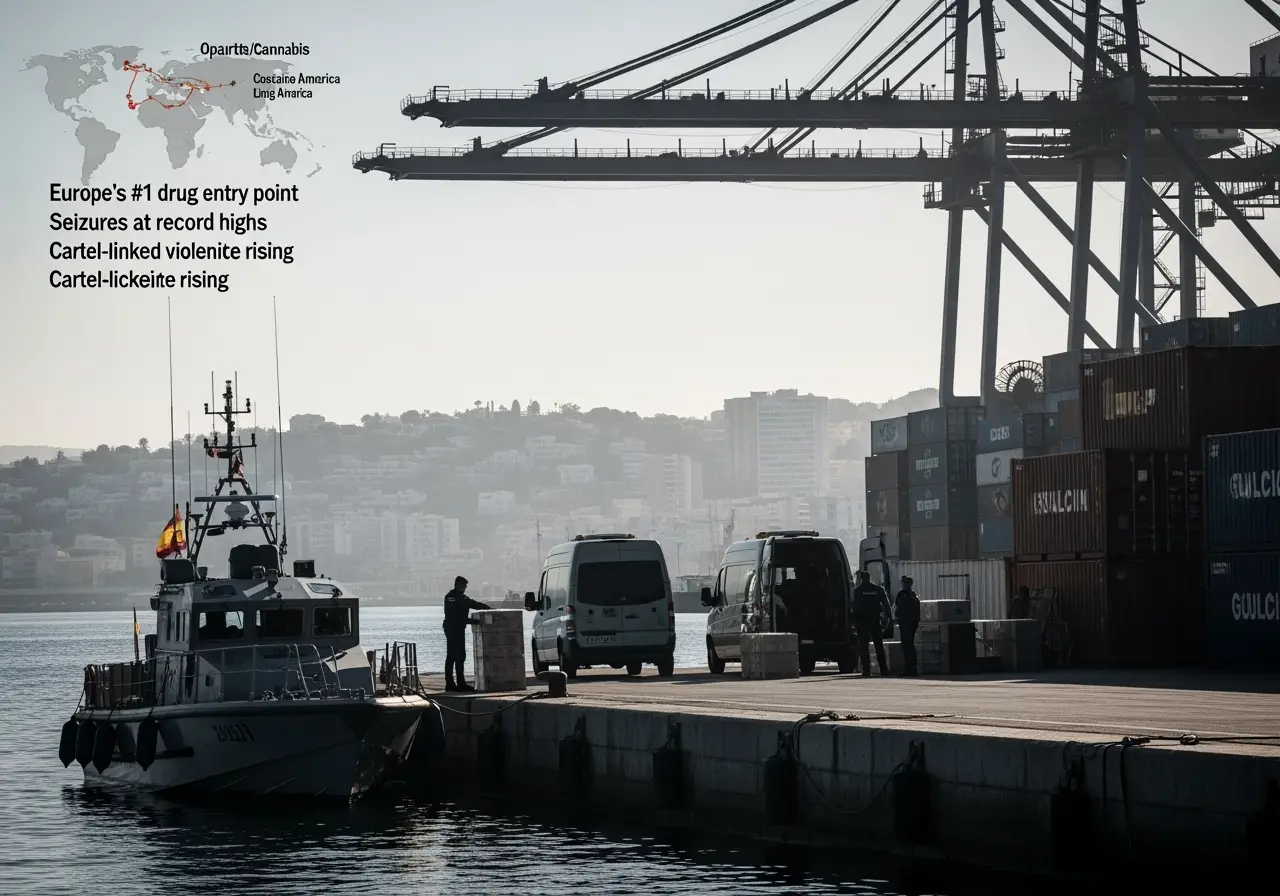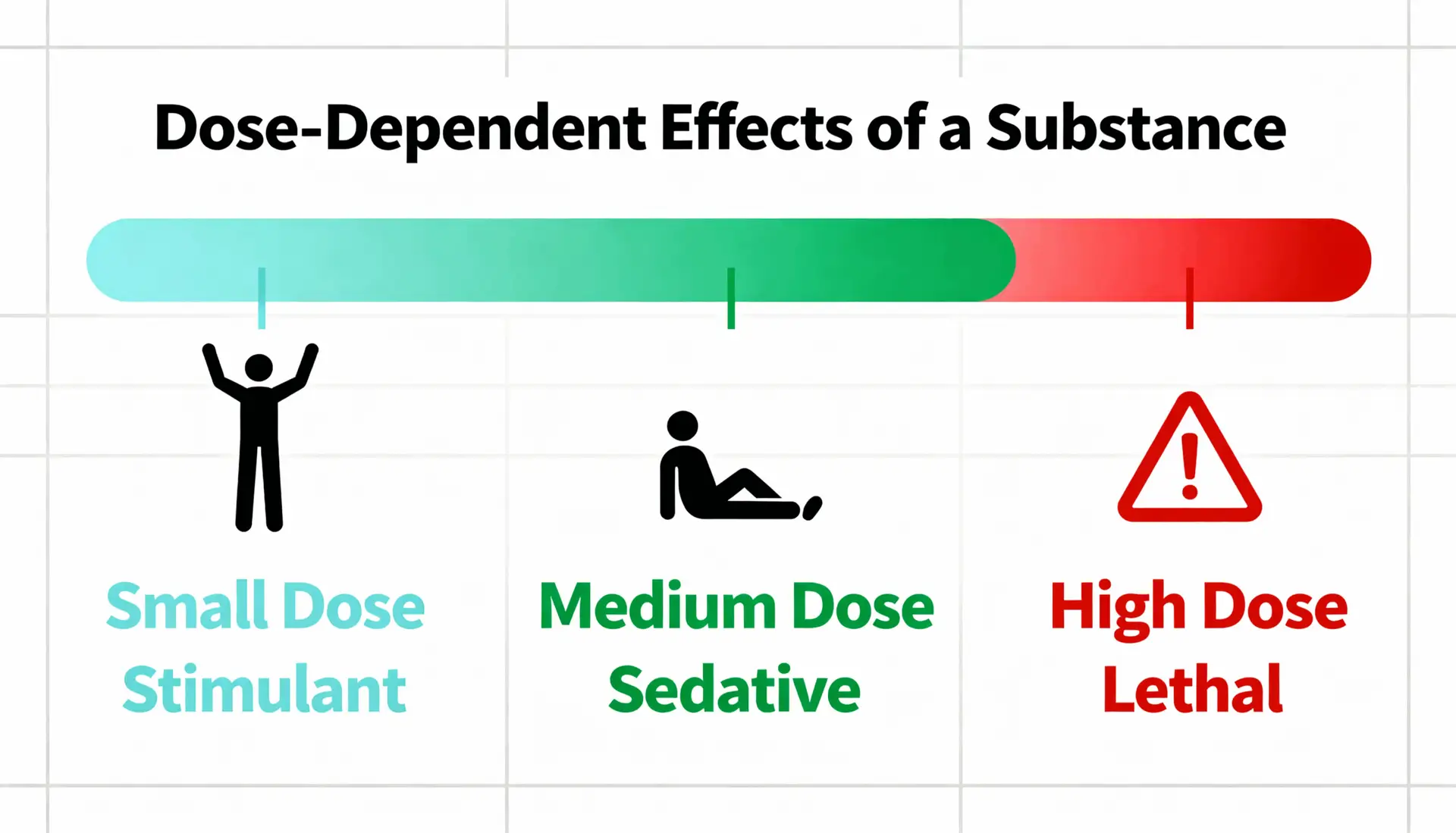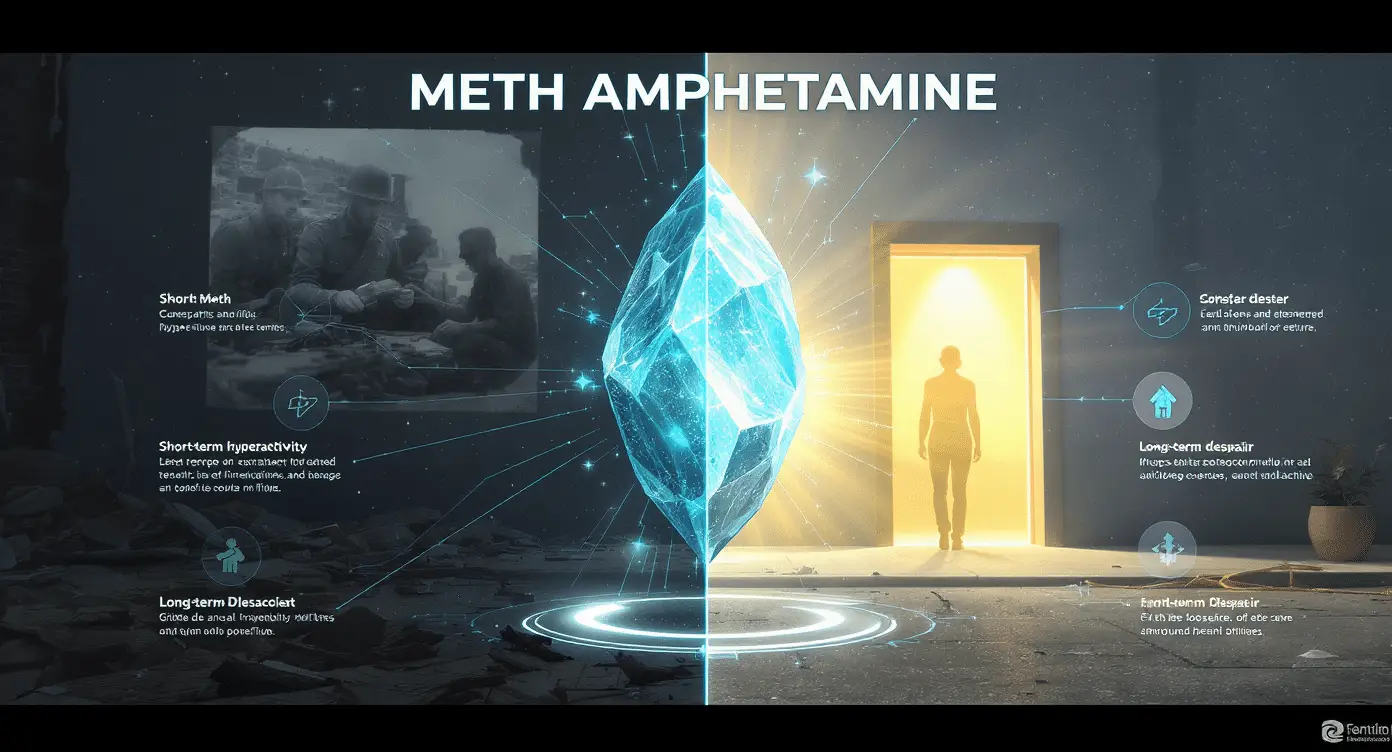Spain is a country renowned for its sun-drenched coasts, vibrant culture, and rich history. However, it fights a desperate battle on its shores. Its strategic location, bridging Africa and the Americas with Europe, makes it the single most important gateway for drug traffickers. They seek to flood the continent with cocaine and cannabis. This geographical blessing has become a curse. It turns the nation into a battleground for international organized crime. Consequently, this fuels a devastating domestic addiction crisis. This is the grim reality of drug Trafficking in Spain.
The situation in Spain is immense. Record-breaking seizures attest to law enforcement effectiveness. Nevertheless, they also reveal the terrifying magnitude of the drug tsunami hitting its borders. From the bustling ports of Valencia and Algeciras to the glamorous Costa del Sol, a dark underworld of violence and addiction challenges the nation’s very stability.
The Cocaine Super-Highway to Europe
Spain is the primary port of entry for South American cocaine into Europe. In 2023, Spanish authorities seized an astonishing 118 tonnes of the drug. This placed Spain second only to Belgium in the EU. This included the country’s largest-ever single bust: 11 tonnes of cocaine found hidden among frozen tuna. These figures are not just statistics; rather, they prove an unrelenting assault by powerful international cartels, directly impacting the scale of drug trafficking in Spain.
The consequences of this flood are felt across Spanish society. Cocaine is now the second most consumed illicit drug after cannabis. Its use is increasingly seen as normal in many social circles. This normalization masks a brutal reality: cocaine is a key driver of drug-related health emergencies. Furthermore, it is involved in approximately a quarter of all drug overdose deaths in Europe.
The Unbroken Bridge for Cannabis Resin
For decades, the narrow Strait of Gibraltar has been the main bridge for cannabis resin (hashish). It comes from Morocco’s vast cultivation fields into Europe. Spain remains the epicenter of this trade. It accounts for 68% of all resin seized in the European Union. Criminal networks use high-speed “narco-boats” and sophisticated logistics. They move tonnes of the drug across the sea. This primarily occurs through the southern region of Andalusia.
While Morocco has begun legalizing cannabis for medicinal purposes, the illicit trade continues to thrive. It is fueled by European demand. This constant flow ensures potent hashish is cheap and widely available. Consequently, it contributes to Spain having some of Europe’s highest rates of youth cannabis consumption. The mechanisms facilitating this widespread cannabis flow are a significant aspect of drug trafficking in Spain. For more detailed statistics on the drug trade in Spain, you can consult the Spanish Observatory on Drugs and Addictions (OEDA).
The “Costa del Crime” and Organized Gangs
The massive profits generated by the influx of narcotics have turned parts of the country, particularly the Costa del Sol, into a playground and battlefield for global criminal organizations. Gangs from the Balkans, North Africa, and across Europe established bases here. They manage logistics, launder money, and settle scores. These activities are key components of the drug trafficking networks in Spain.
This concentration of criminal power leads to a dramatic increase in violence. Assassinations, kidnappings, and bombings linked to turf wars have become alarmingly common. This occurs in what was once a tranquil tourist paradise. The violence targets not only rival criminals. Indeed, it increasingly spills into public spaces. This creates a climate of fear. It threatens the safety of ordinary citizens and tourists.
The Human Cost: Society Under Siege
The consequences of being Europe’s drug gateway are devastating for the Spanish people. Widespread drug availability leads to high addiction rates. This results in a significant public health crisis. In 2021, Spain recorded 820 drug-induced deaths. This was one of the highest totals in the EU. The impact of drug trafficking is clearly visible in these rising human costs.
Young people are particularly at risk. They are surrounded by a culture where cannabis use is widespread. They are dangerously exposed. Studies show that 21.8% of Spanish students consumed cannabis in the last year. It is the substance responsible for most youth treatment admissions and hospital emergencies. The easy availability of both cannabis and cocaine creates a perfect storm for addiction to take hold. For insights into the broader European context, consider the European Monitoring Centre for Drugs and Drug Addiction (EMCDDA).
Reclaiming Spain’s Shores from the Drug Trade
Spanish authorities fight a courageous and often overwhelming battle. Yet, immense drug demand in Europe persists. Traffickers will continue to exploit Spain’s strategic position. The only way to truly win this war is to dismantle the market from the inside. This requires addressing the demand that fuels it.
This is where the Narconon program provides a powerful and essential solution. It offers individuals a path to a life completely free from addiction. Narconon directly attacks the foundation of the drug trade. Its unique, drug-free methodology includes a detoxification process. This eliminates physical cravings. It also offers comprehensive life skills courses. These restore personal integrity and abilities. Ultimately, the program empowers people to break the chains of dependency for good. For Spain, a nation on the front lines against widespread drug trafficking, every person finding lasting recovery through the Narconon program is a light reclaimed from darkness. It is a step towards restoring peace to its shores and hope to its people. To understand similar regional challenges, you might find our article on the Greece Drug Trafficking and Addiction Crisis insightful.
Sources:
- European Monitoring Centre for Drugs and Drug Addiction (EMCDDA) / European Drug Report
- Spanish Observatory on Drugs and Addictions (OEDA)
- Intelligence Centre against Terrorism and Organized Crime (CITCO), Spain
- Data synthesized from national and European reports on the drug situation.



